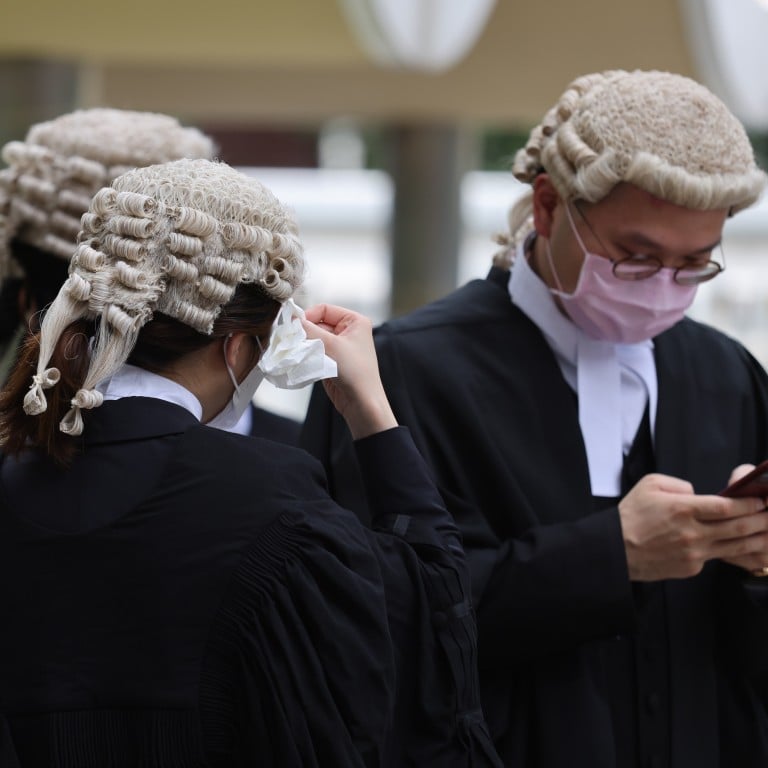
Hong Kong barristers given option of forgoing wigs for religious head coverings
- The Bar Association and chief justice have agreed to allow a general exemption for religious reasons to the rule barristers must wear wigs in court
- Barrister Azan Marwah realised the need for change after a Sikh colleague came to him in 2014 with concerns about observing his faith when called to the Bar
Hong Kong barristers will be allowed to wear head coverings for religious reasons instead of the profession’s signature wig under a deal struck between the Bar Association and the chief justice.
No prior approval from a judge would be required, but the general rule that the head piece should not cover a barrister’s face would remain in place, the association said in a circular issued on Tuesday.
Barristers would be permitted to wear “religious head coverings of unemphatic colour in place of wigs” when they were “incompatible with the wearing of head coverings required by religious beliefs”, it said.
“In some rare circumstances, specific guidance or a court direction will be required as to whether modes of religious head coverings are permitted in a particular court or type of hearing, but that will arise only where the clothing in question may affect the just determination of proceedings,” the circular said.

It provided a few examples such as followers of Judaism with their kippahs, Islam with their headscarves and Sikhism with their turbans.
While the number of professionals who will benefit from the change is difficult to estimate due to a lack of official data, barrister Azan Marwah, who was involved in pushing for the liberalisation, said more than a handful would welcome the option. He knew of at least six Sikh barristers who did not keep their hair long, as was the religious custom.
“I hope there will be more ethnic minority students [who will be] encouraged to join the profession,” said Marwah, who is of Indian and American descent.
The need to make the professional body more inclusive struck him in 2014 after his friend, Harprabdeep Singh, came to him for help. Singh, who also fought for the change, was a practising Sikh and wondered what he could do to observe his faith when he was called to the Bar.
Marwah came across a story from his father, who worked as a reporter in Hong Kong. His father recalled seeing a Sikh barrister decades ago being given a one-off exemption to not wear the wig by the chief justice.
The younger Marwah and Singh decided to write to then chief justice Geoffery Ma Tao-li for the same exemption, which was granted, making Singh the sole barrister wearing a turban in court.
Marwah decided to take the idea further and seek a general exemption. But the process took time and he only became more actively involved when he was elected as a member of the association’s governing council last year.
He said he brought up the issue with chairman Paul Harris, who was supportive. The final draft of the new code took shape after some fine-tuning with the judiciary.
“It’s very inclusive,” Singh said. “It shows the Bar Association is keeping up with the times.”
He expressed hope the association’s move would inspire other professional bodies to follow suit in allowing greater religious expression.
Harris said he was “strongly supportive of this modest change”.

